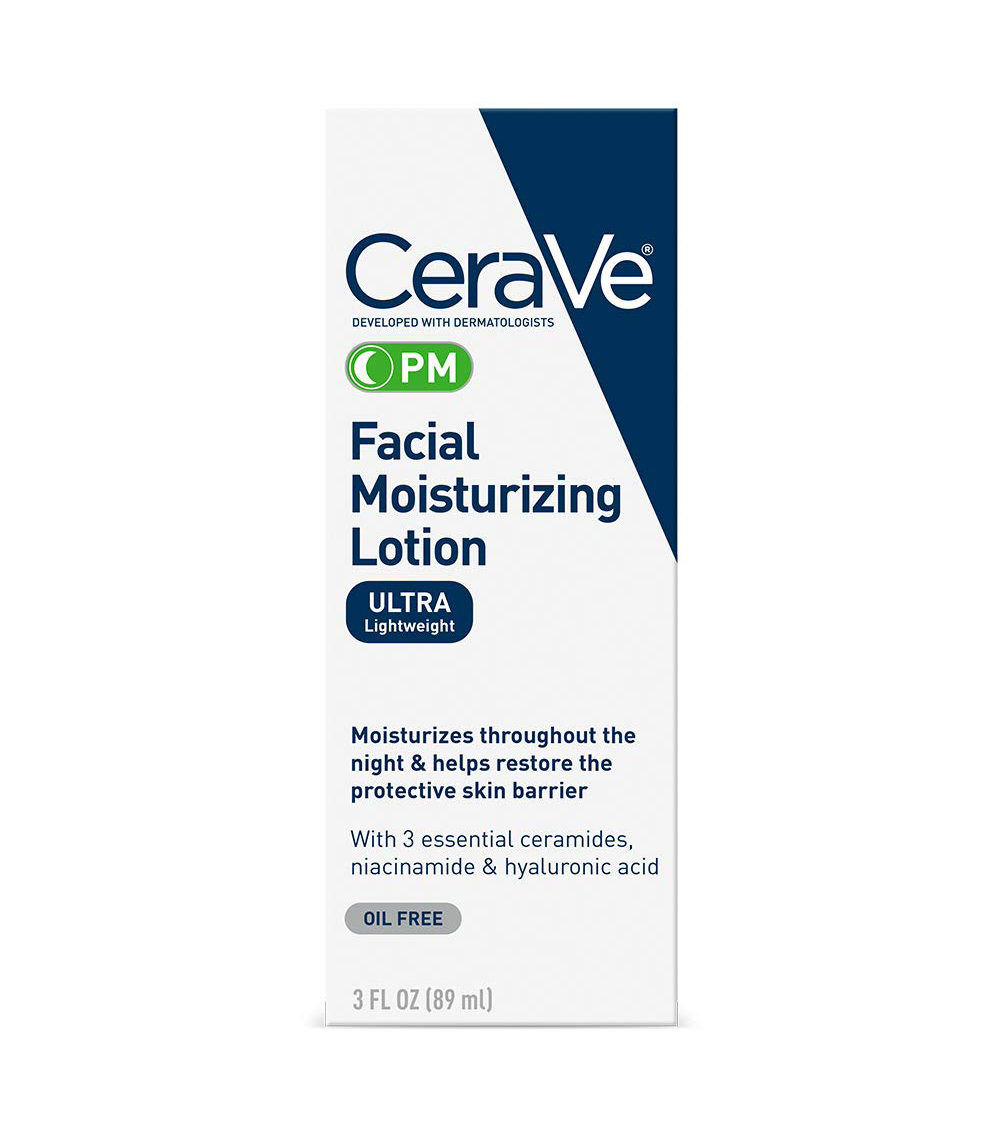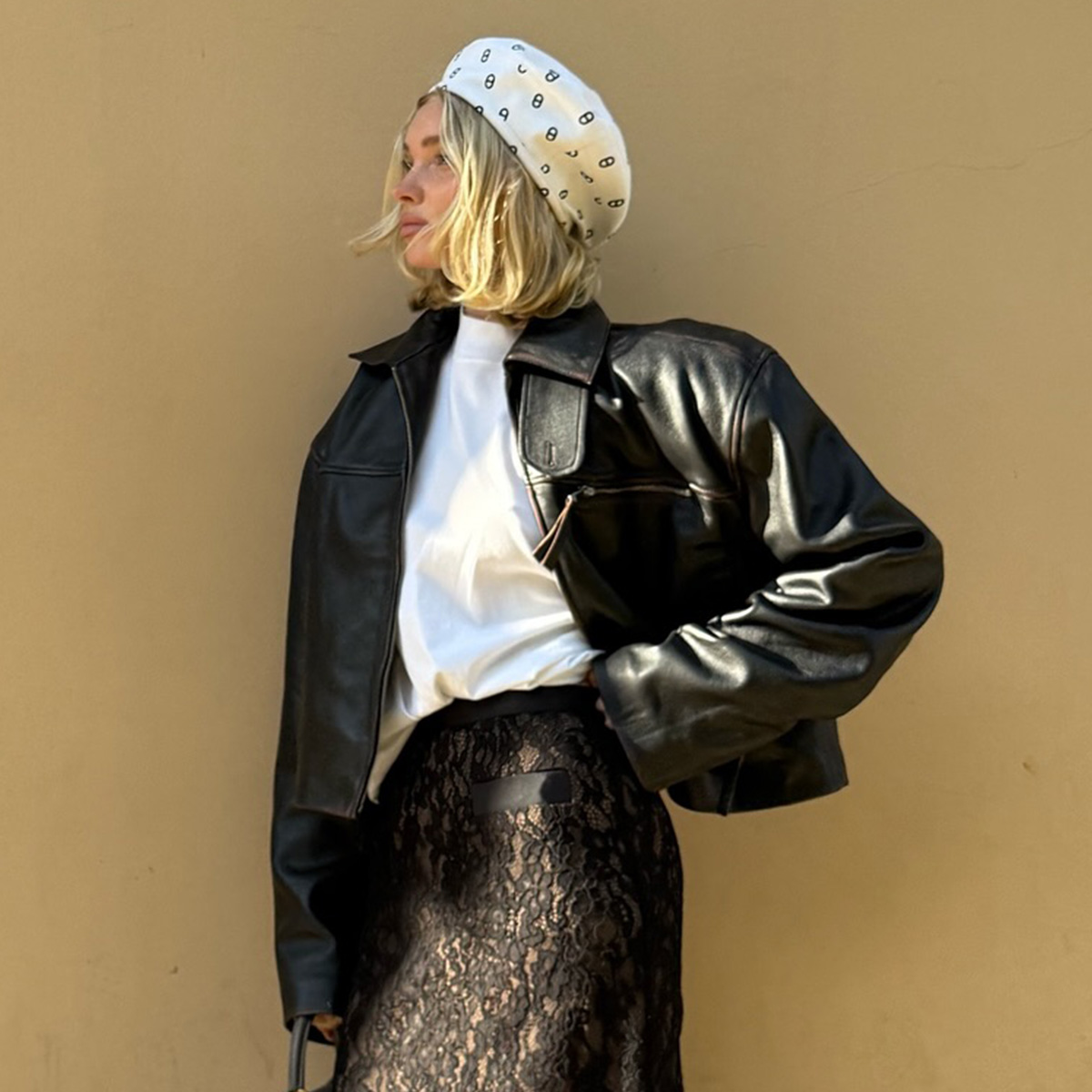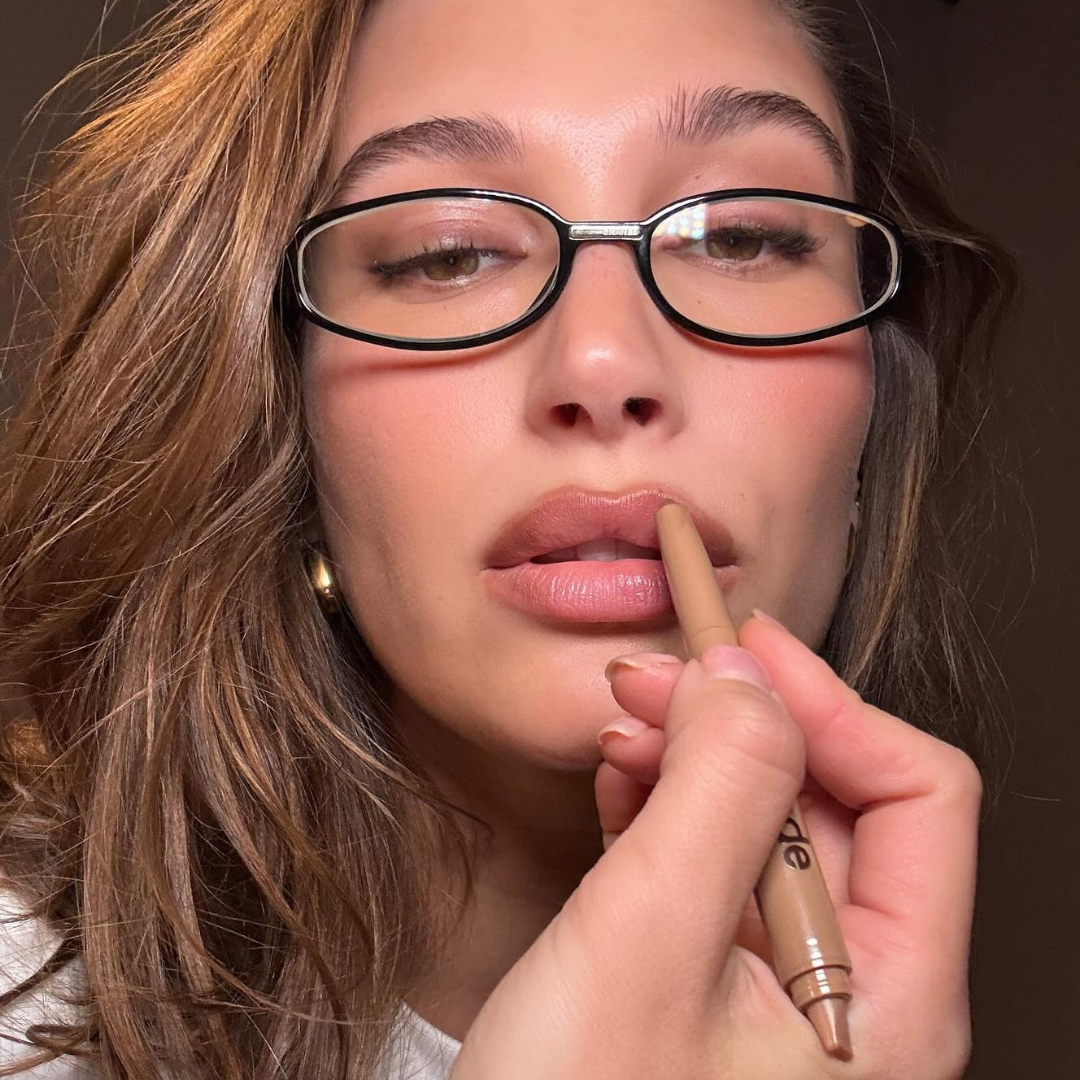Have Rosacea? These Are the 4 Cardinal Rules for Choosing the Best Moisturizer

If only choosing a skincare product were simple—you'd pop into a store (or fill your cart online) with the first thing you saw and call it a day. Sure, it's a nice thought, but we know it doesn't work that way. Instead of reaching for just any old product, we need to consider three things: skin type, skin conditions, and skin goals.
Take rosacea, for example. This stubborn skin condition causes frequent redness and irritation, so choosing the right skincare products is paramount. You can take my word for it. I've had a moderate case of rosacea for as long as I can remember, and if I use something unsuitable, my skin isn't afraid to tell me. It will almost instantly flare up with redness, texture, and irritation. (For proof, scroll down to see a somewhat startling picture of one of my flare-ups. Warning: It's not pretty.)
So when it comes to something like choosing a new moisturizer, I'm hesitant—sometimes even downright scared. The last thing I want to do is make my skin worse. That's why I reached out to the experts for guidance. I wanted to know their best tips and tricks for choosing the right formula for rosacea. Keep scrolling!
My Skin in the Midst of a Rosacea Flare-Up
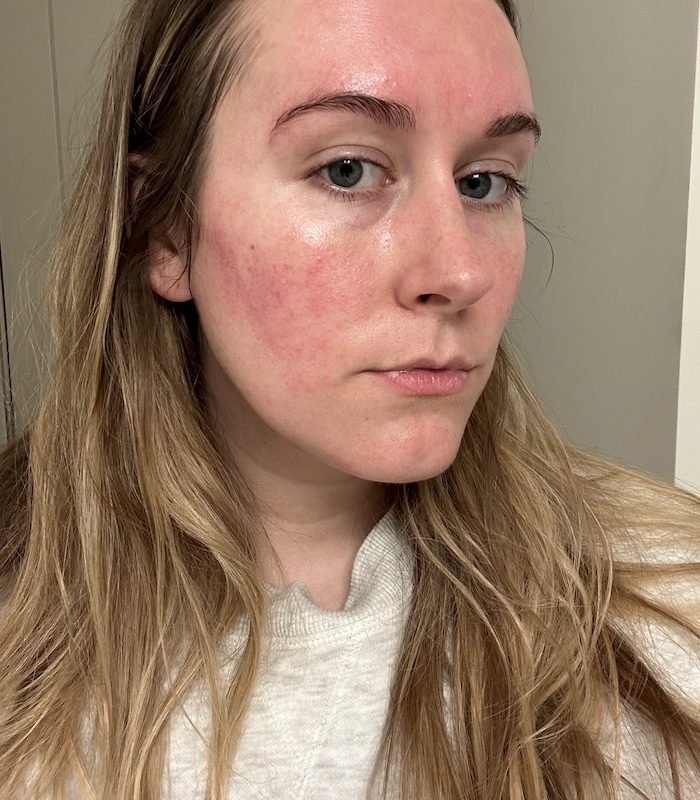
If you have rosacea, you probably know you have it, but I asked a dermatologist to define the skin condition officially. "Rosacea is an inflammatory condition of the skin that is associated with skin sensitivity," explains board-certified dermatologist Aleta Simmons, MD. "The foundations of treatment include gentle skin cleansers, moisturizers, and sun protection with SPF. SPF is important because sunlight is a trigger for rosacea flares. The challenge is finding the right product for your skin that does not cause irritation or worsen sensitivity."
Consulting a dermatologist is the best course of action when choosing the best skincare products for rosacea. "The biggest problem of all is choosing an over-the-counter product that claims to treat rosacea but might not agree with your skin type," says board-certified dermatologist Ife Rodney, MD, FAAD, of Eternal Dermatology and Aesthetics . "People with rosacea tend to have dry skin and may be using a product not suited for their skin type. Make sure you speak with a dermatologist about rosacea first rather than trying to treat it yourself."
However, there are some general guidelines you should know. For instance, when picking out the best moisturizer for rosacea, you will benefit from a soothing formula. "People with rosacea need gentle moisturizers that will also help maintain the skin's natural moisture barrier to keep it hydrated, calm, and better protected from outside elements," says board-certified dermatologist Naissan Wesley, MD. Need more direction? We got you.
How to Choose the Best Moisturizer for Rosacea
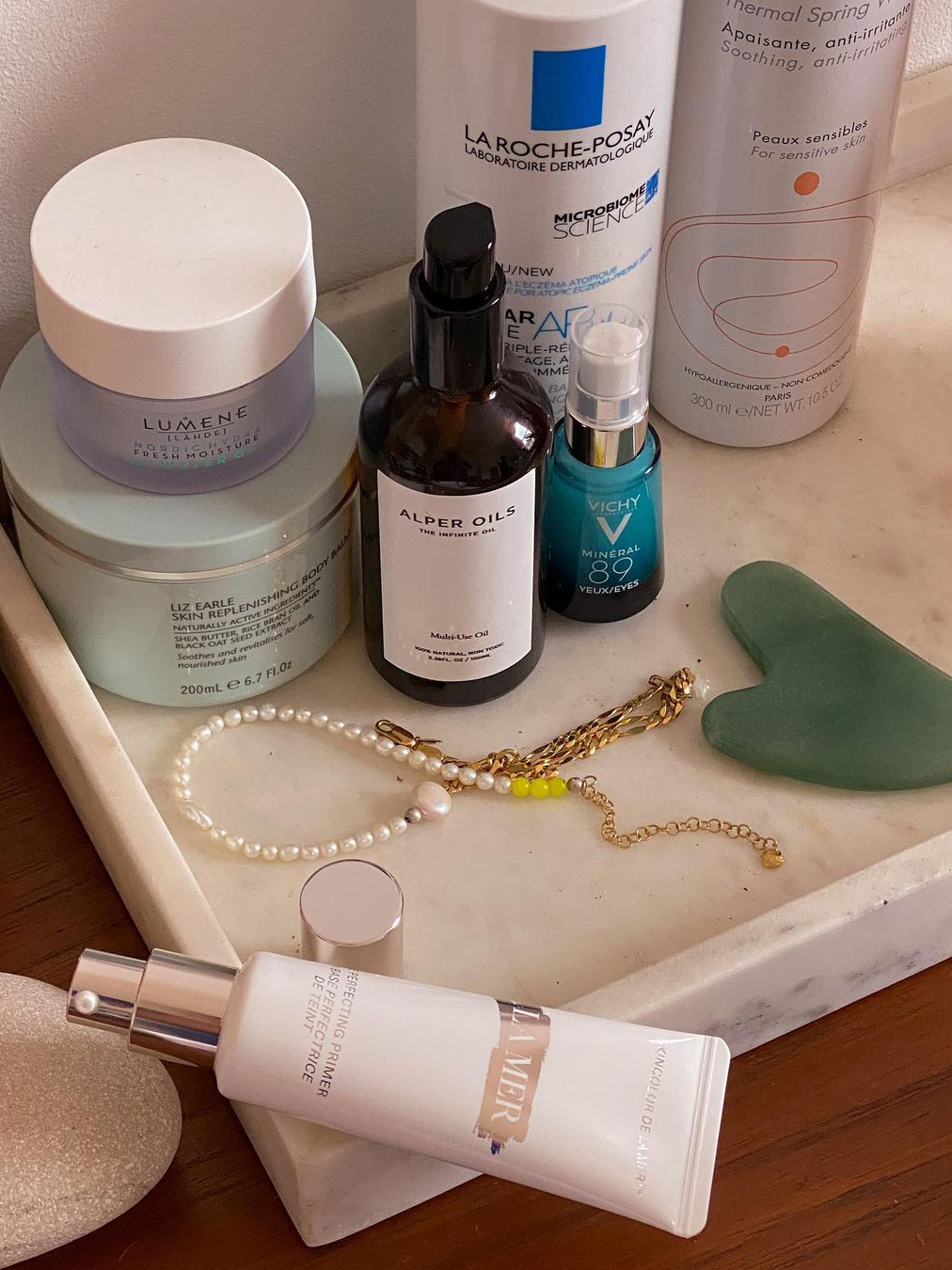
1. Look For a Moisturizer With the Following Ingredients
Since dryness is a common symptom for people with rosacea, products with glycerin, hyaluronic acid, and hydrating oils like argan oil can keep your skin moisturized. "Ceramides, present in many skincare products, are especially helpful for rosacea," Rodney says. "Ceramides help to keep skin cells aligned and tightened, which prevents water loss from the skin while keeping out dirt and impurities." She adds that certain vitamins, such as niacinamide (vitamin B3) and vitamin C can also be helpful. These are "antioxidants that help to repair DNA damage to skin cells caused by free oxygen radicals." In other words, they're protective.
Sunscreen is always important, so it might be helpful to look for a moisturizer with built-in broad-spectrum sunscreen that is SPF 30 or higher. Exposure to UV light can exacerbate symptoms of rosacea, Wesley adds.
2. Avoid Moisturizers With the Following (Irritating) Ingredients
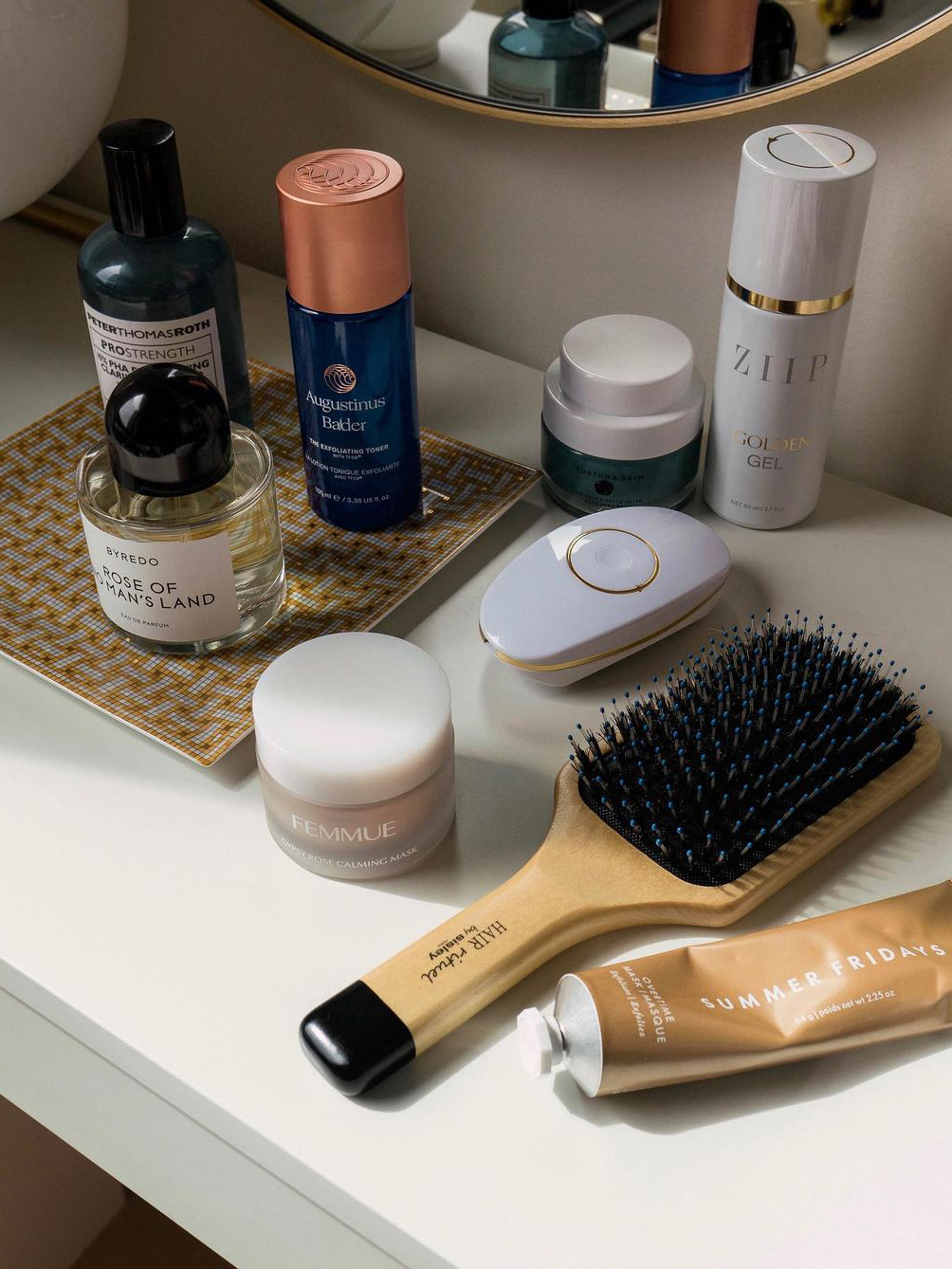
You'll want to steer clear of any ingredients that may irritate the skin. "Moisturizers with exfoliants such as salicylic, glycolic, and lactic acids, as well as retinoid, can be irritating, leading to increased redness," Simmons explains.
Alcohols, benzoyl peroxide, retinoids (unless it's included in a gentle formulation), fragrance, menthol, eucalyptus, peppermint oil, harsh soap, and sodium lauryl sulfate can be irritants in all different types of skincare products for sensitive skin and rosacea, Wesley adds.
3. Determine Which Moisturizer Texture You Can Benefit From the Most

By "texture," we mean whether your moisturizer is a cream, gel, or lotion. Or, to put it even simpler, whether your moisturizer is rich, lightweight, or somewhere in the middle. Dermatologists often refer to this as the "vehicle."
"Moisturizer vehicle choice is personalized for each patient," Simmons explains. "Those with extra-dry skin may benefit from a cream or gel-to-cream moisturizer, whereas people with normal to oily skin may prefer a lotion, gel, or water-based moisturizer."
4. Make Sure the Moisturizer Is Noncomedogenic
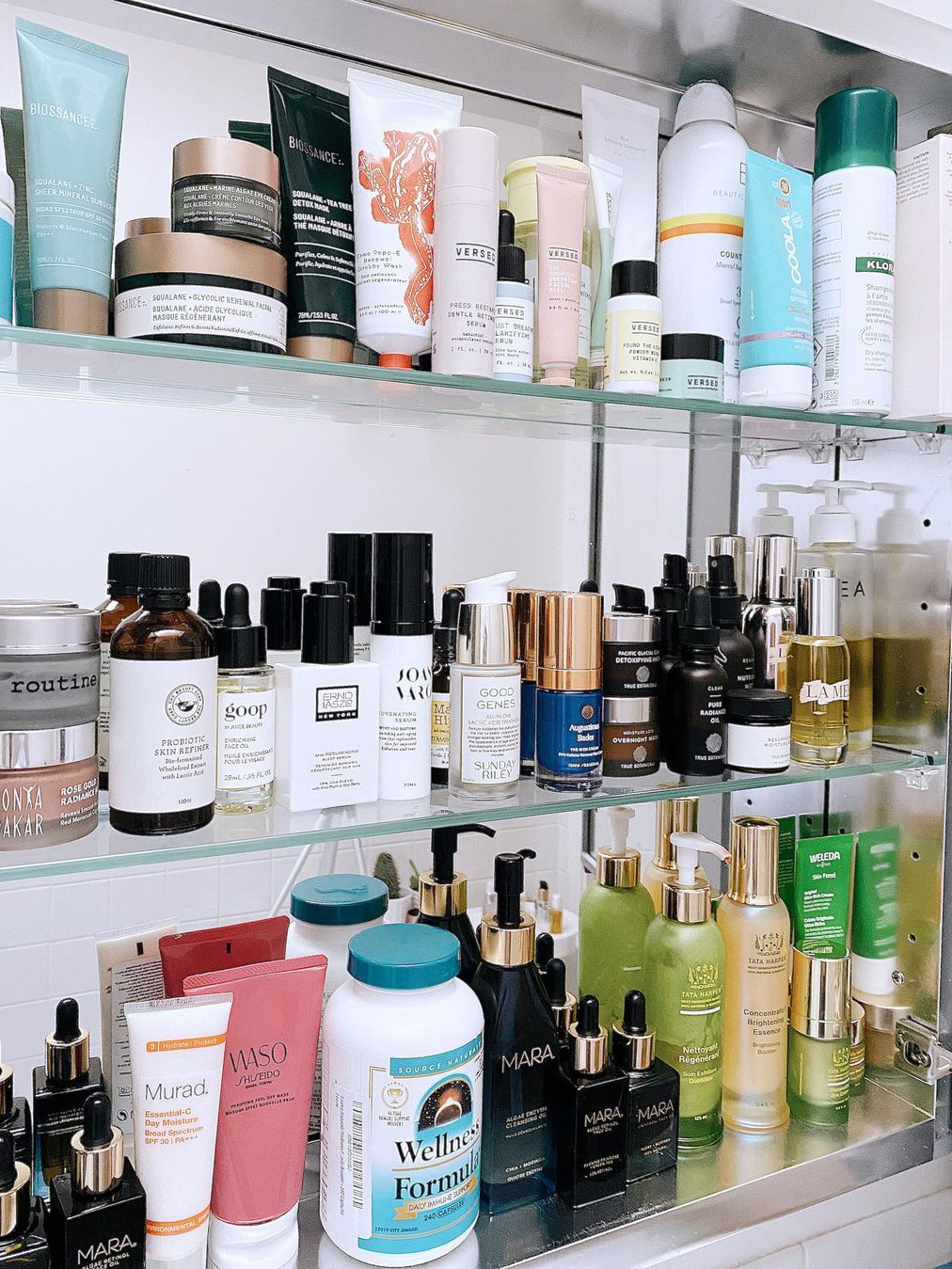
"Rosacea and acne breakouts often go hand in hand," Rodney says. "Even moisturizers that promise great hydration could clog your pores, increasing the chances of a breakout." Look for products that are noncomedogenic, which means they won't clog pores. Usually, brands list this right on the label, so it's easy to spot.
How to Apply Moisturizer for Rosacea
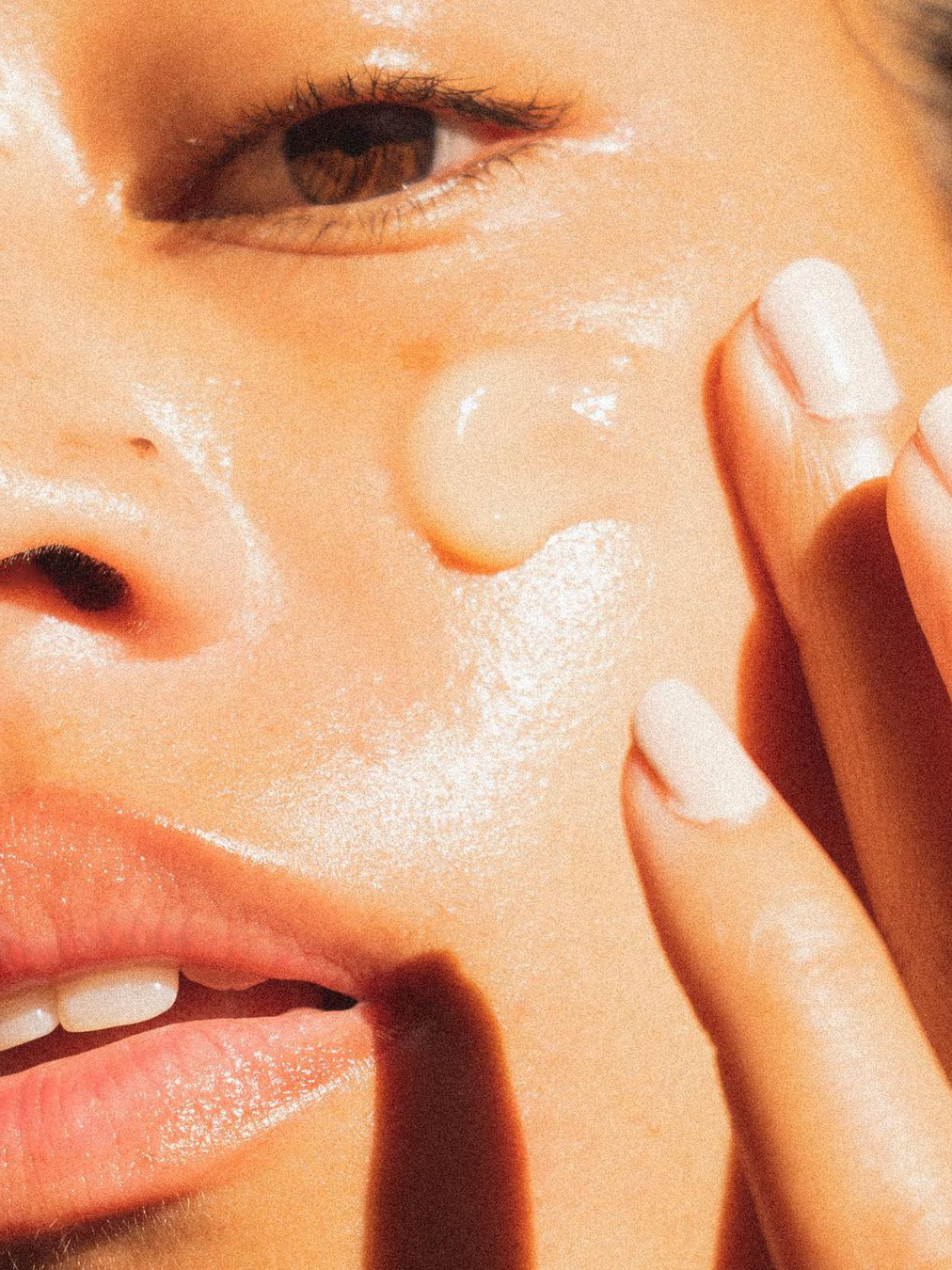
Once you find a moisturizer that works with your rosacea, be sure to apply it regularly to keep the skin hydrated. "I can't state enough how important moisturizing is for people with rosacea," Rodney says. "It's nonnegotiable. You should moisturize at least once a day, as it helps to hydrate the skin, which reduces irritation, peeling, burning, and redness. It restores your skin's protective barrier. The moisturizer also helps place an additional layer of protection against dirt and other external impurities. If your skin starts feeling dry during the day, don't be afraid to reapply your moisturizer, especially if you're out and about in the sun."
Rodney recommends applying moisturizer to clean skin—wash your face with lukewarm water and air-dry. If you have prescription rosacea cream, apply that first, let it dry, and apply your moisturizer. (Simmons suggests keeping your moisturizer in the fridge for a cooling effect.) When trying a moisturizer for the first time, do a patch test and leave it on for a few hours or overnight to see if you have any signs of irritation.
The Best Moisturizers for Rosacea
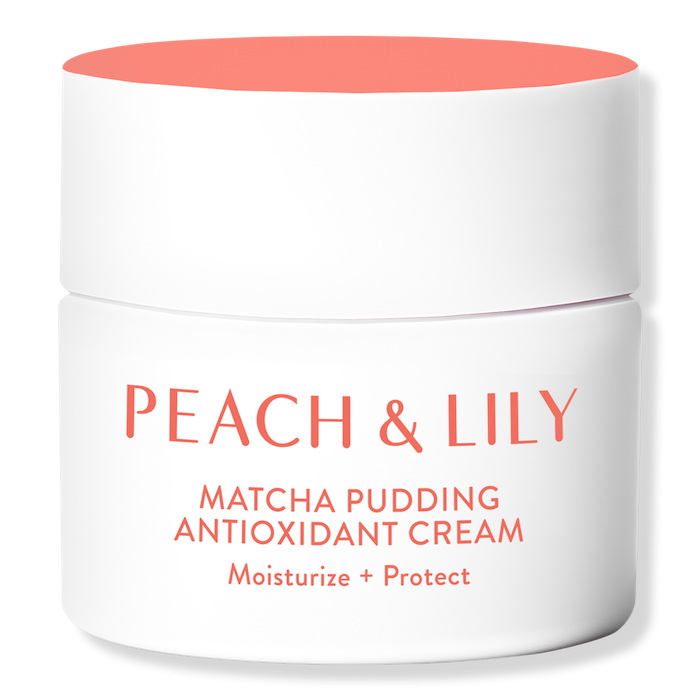
As a rosacea girlie, I've found this moisturizer to be one of my favorites for years. It's so soothing and calming, never breaks me out, and keeps my skin looking plump for hours at a time. It's all thanks to niacinamide, lilac extract, and antioxidant-rich matcha extract. I can't recommend it enough.
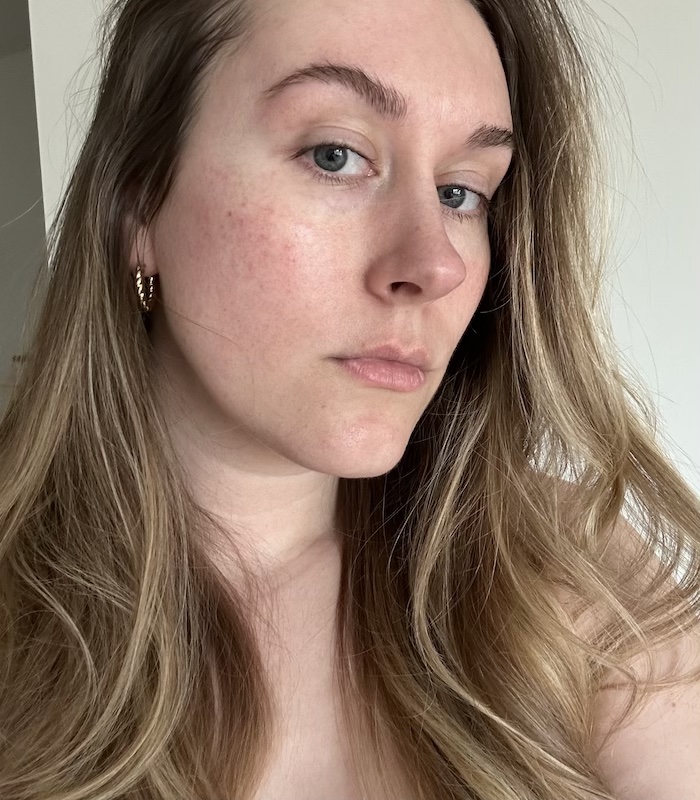
Beauty editor Kaitlyn McLintock wearing Peach & Lily Matcha Antioxidant Cream
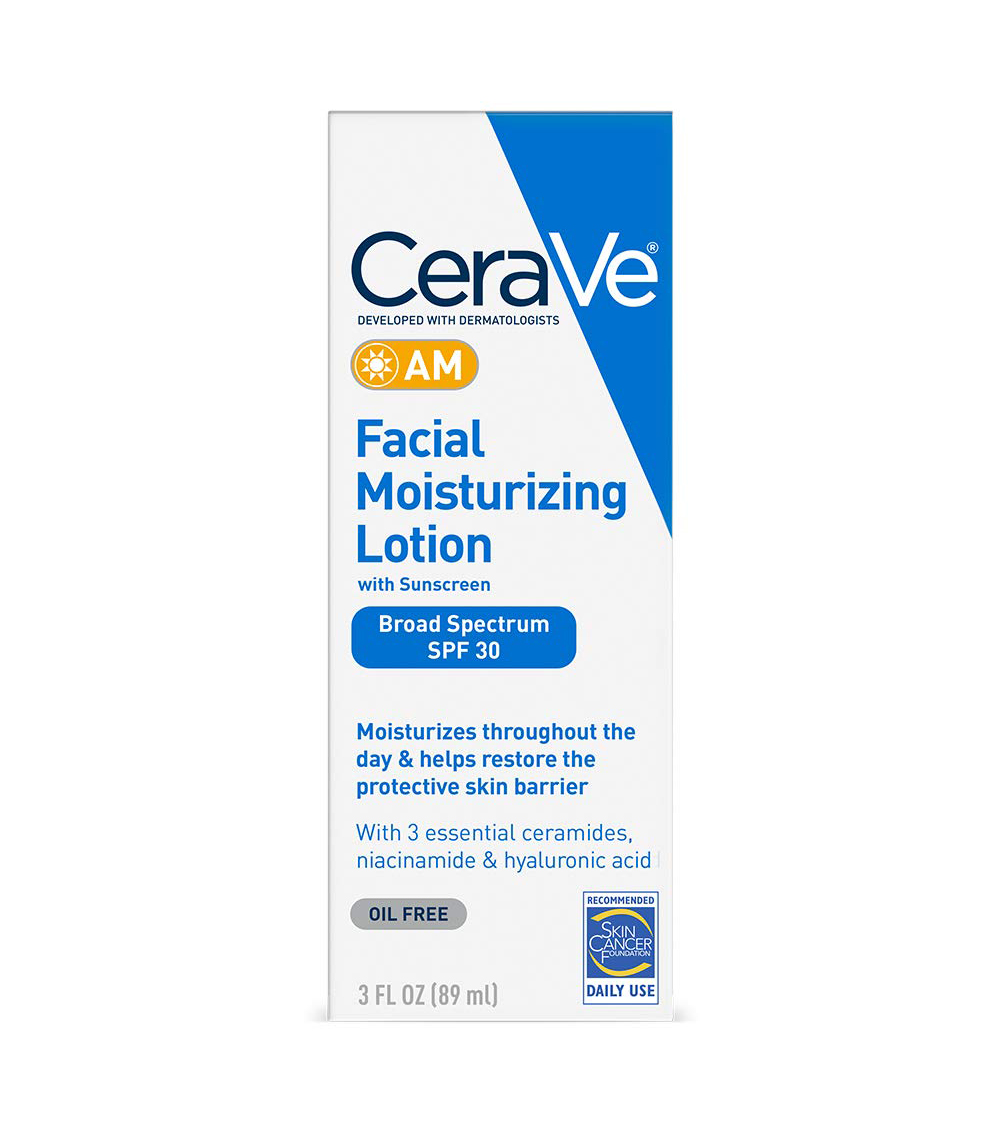
Rodney recommends CeraVe's AM Facial Moisturizing Lotion (above) in the day and the PM Lotion (below) at night. "Both contain niacinamide, glycerin, and ceramides to keep your skin hydrated without the thick consistency. The AM comes with SPF protection, just in case you forget your sunscreen," she says.
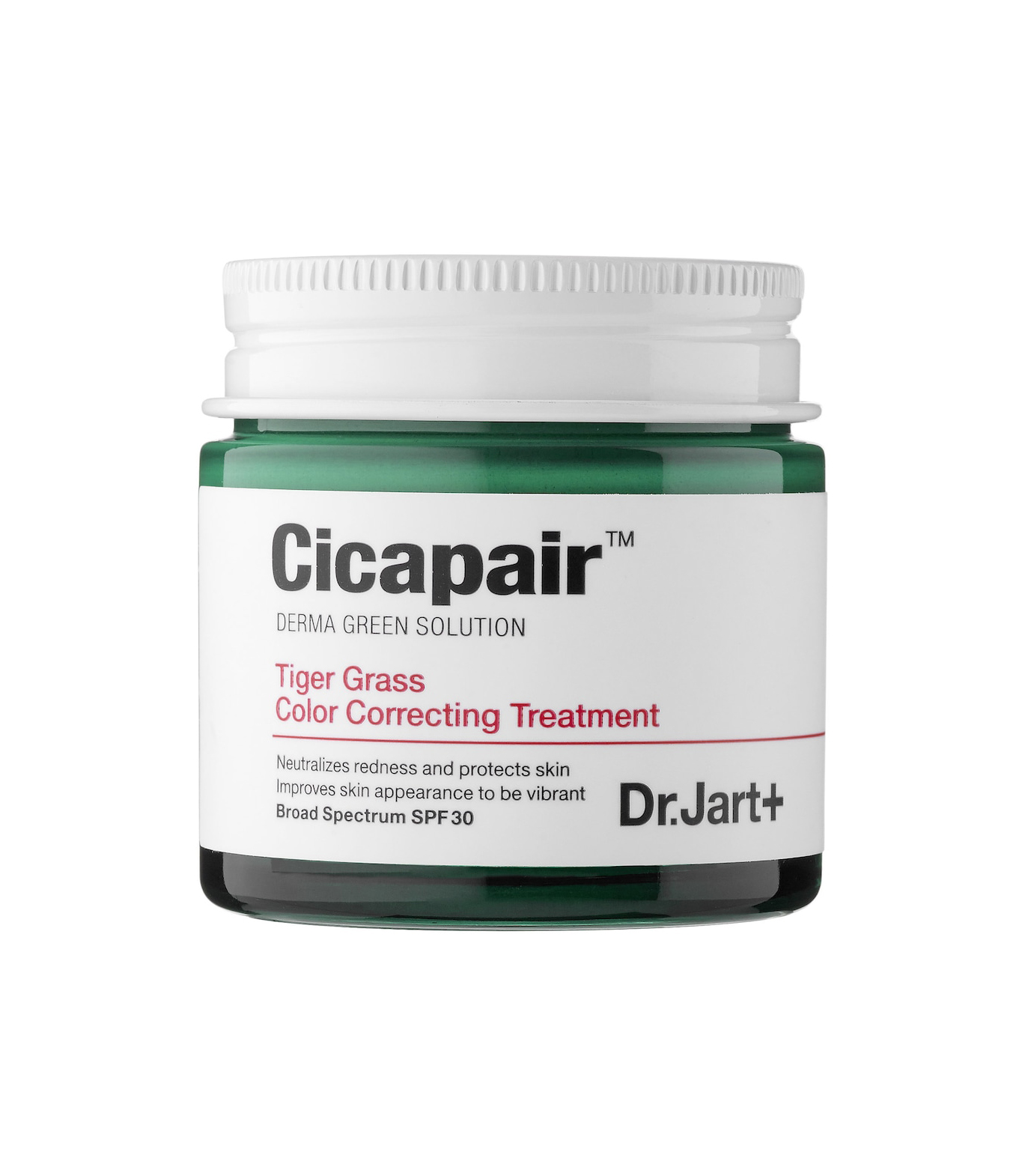
"If patients are concerned with redness and dryness associated with rosacea, I recommend Dr. Jart's Cicapair Tiger Grass Color Correcting Treatment. The brand also has this formulation with a SPF," Simmons says.
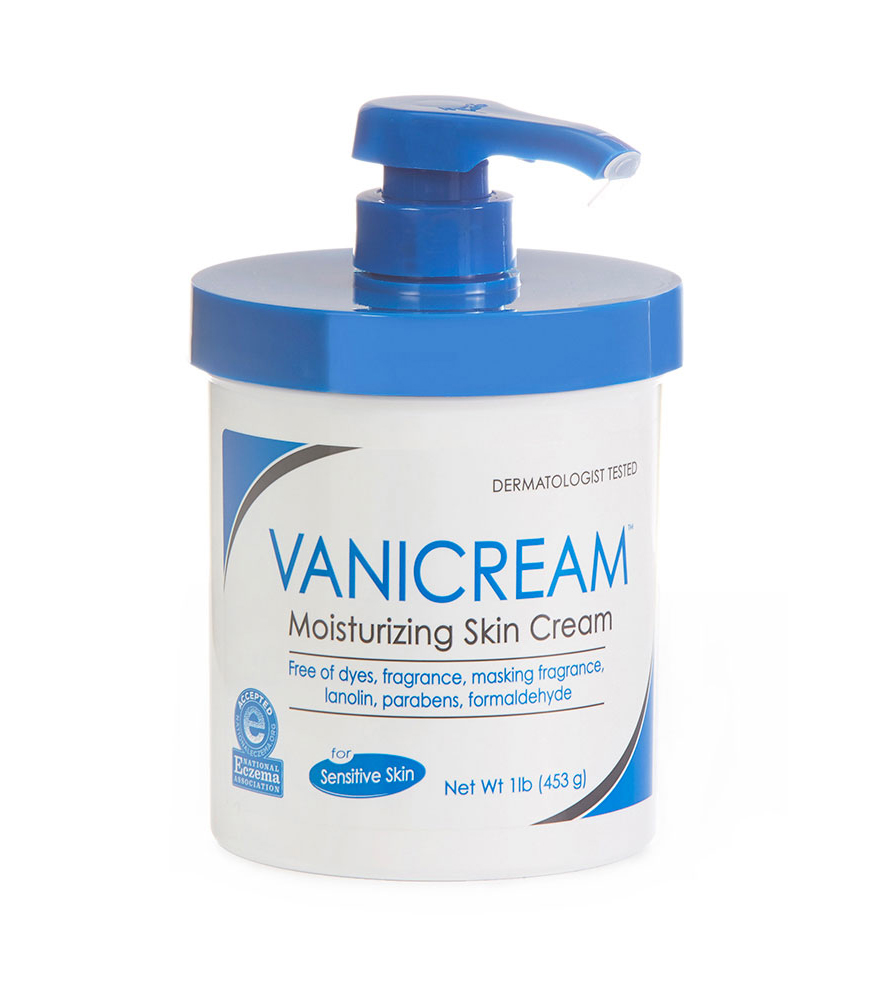
Wesley says Vanicream moisturizer is well tolerated by people with sensitive skin and rosacea because it's fragrance-free and free of the preservatives and sensitizing ingredients that typically irritate rosacea.
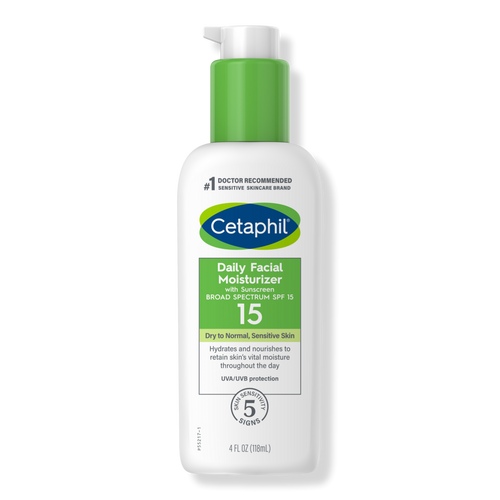
"It comes with both SPF 15 and 50 coverage," says Rodney. "The water-based moisturizer is lightweight, hypoallergenic, oil-free, and fragrance-free. It's great for all causes of sensitive skin."
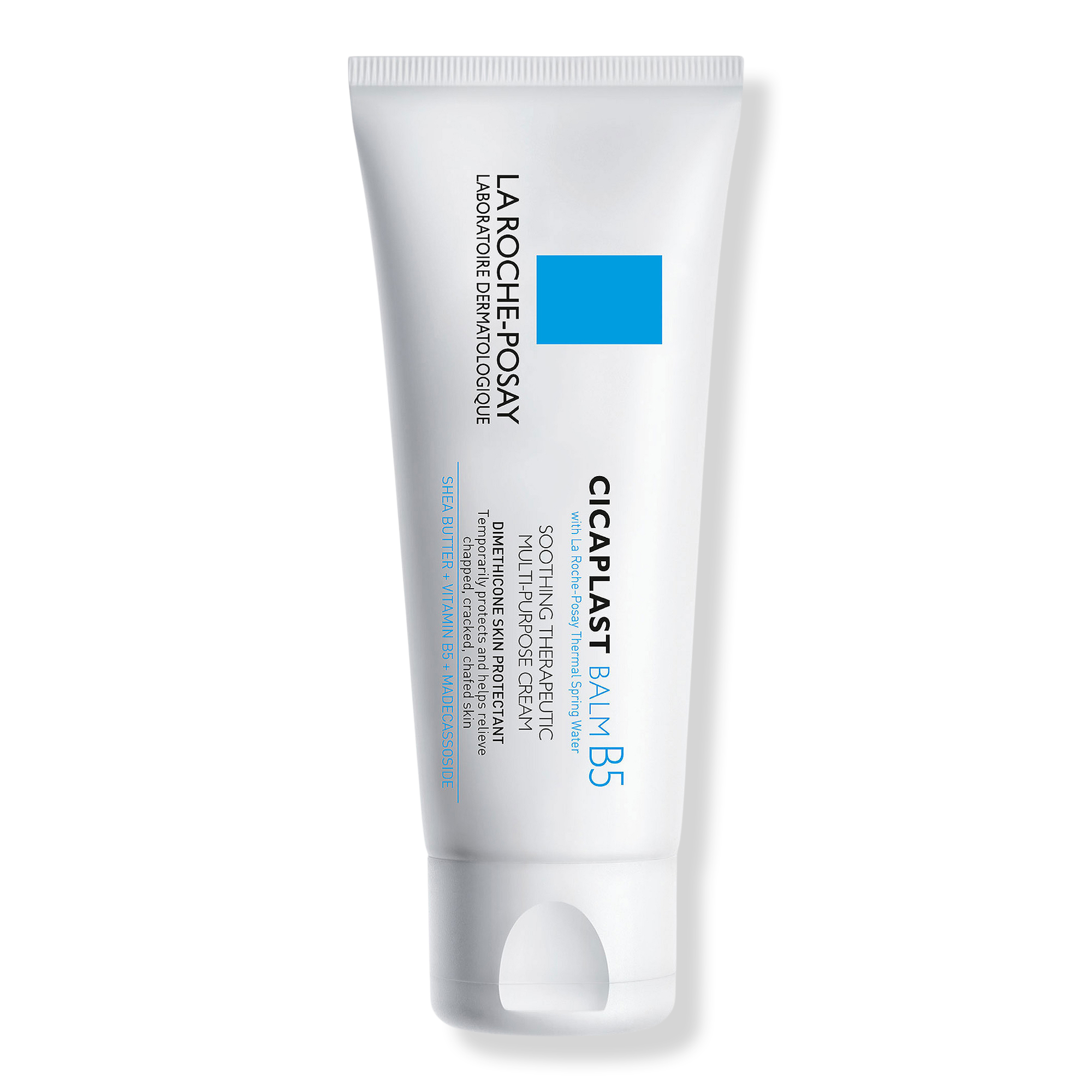
This is one of my all-time favorite moisturizers for reducing redness and irritation. I use this like an overnight mask when I'm experiencing a rosacea flare-up. It's instantly calming, and when I wake up in the morning, I have soft, supple, and calm skin.
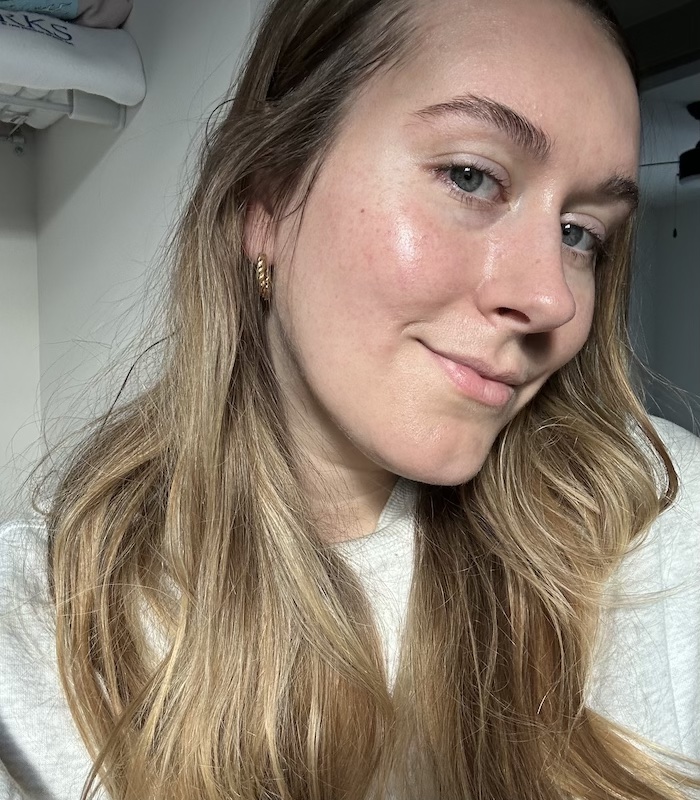
Beauty editor Kaitlyn McLintock wearing La Roche-Posay Cicaplast Baume B5 Soothing Multi-Purpose Cream
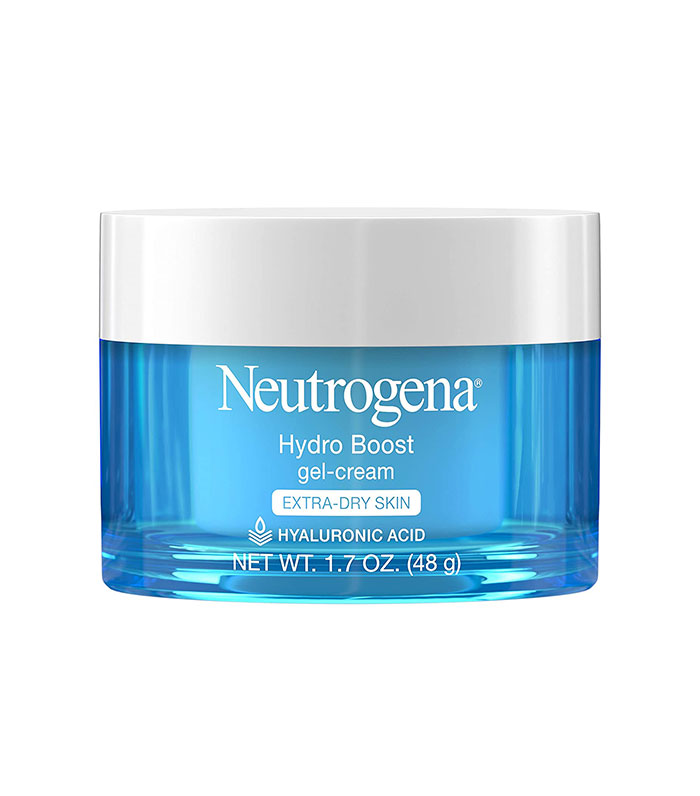
"A tip that may help some rosacea patients is choosing a moisturizer with a cooling effect such as a gel-based moisturizer like Neutrogena Hydro Boost," explains Simmons. "It has hyaluronic acid, which acts to hydrate the skin."
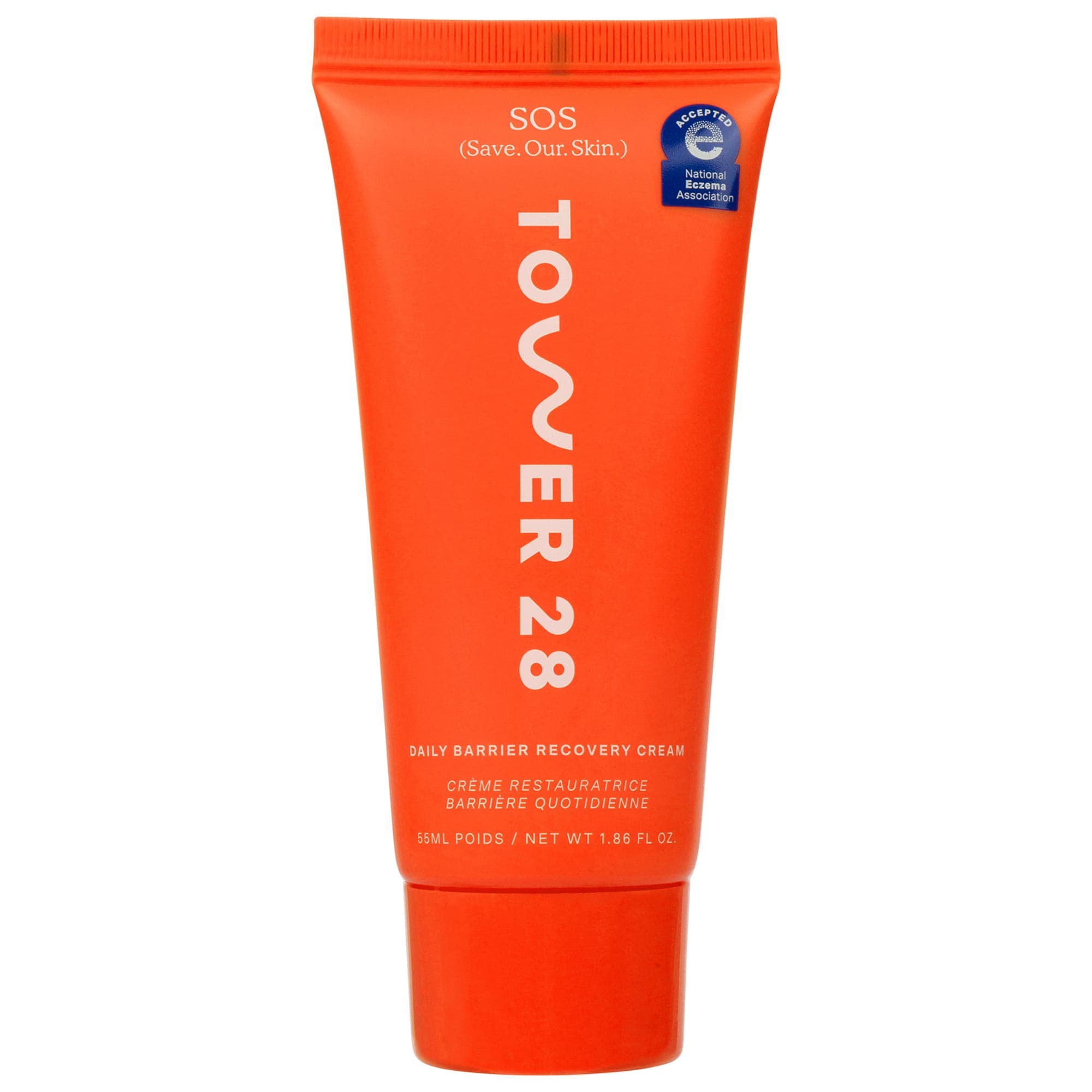
This ultra-soothing moisturizer uses a combination of hyaluronic acid, ceramides, and allantoin to hydrate, calm irritation, and strengthen the skin.
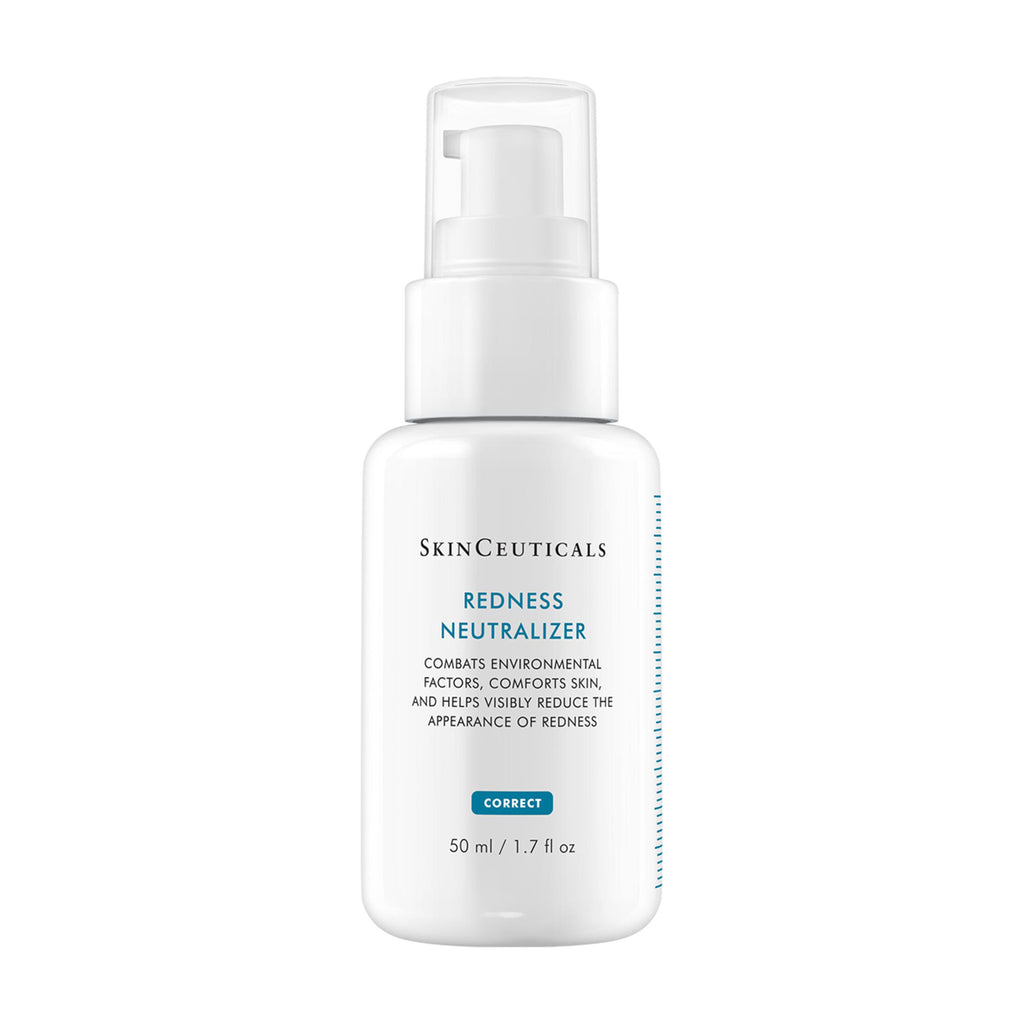
This cream works to calm sensitive skin while also improving tone and texture. Ingredients include peptides and botanical extracts to soothe redness and provide cool relief.
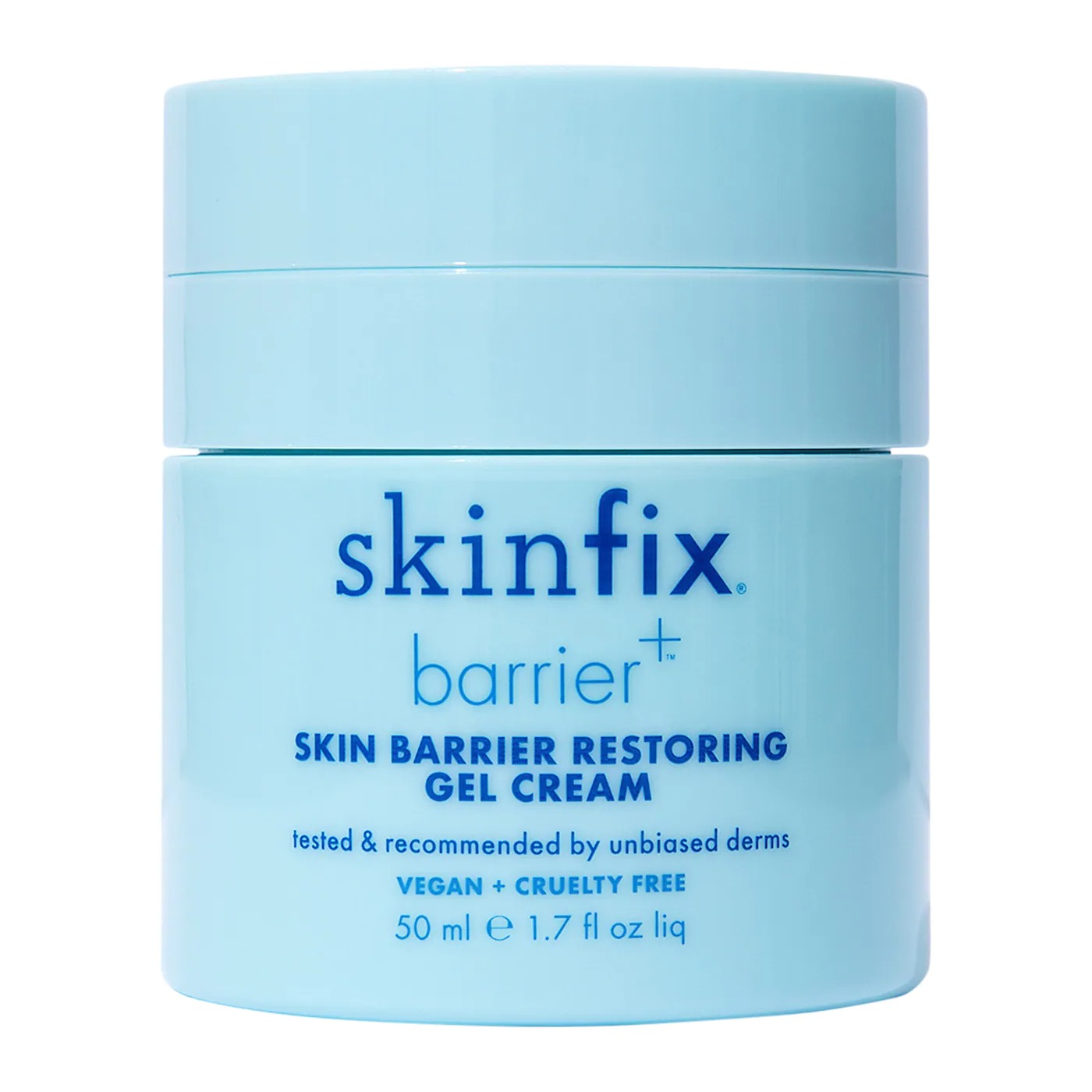
A high dose of niacinamide helps soothe irritation and strengthen the skin barrier.
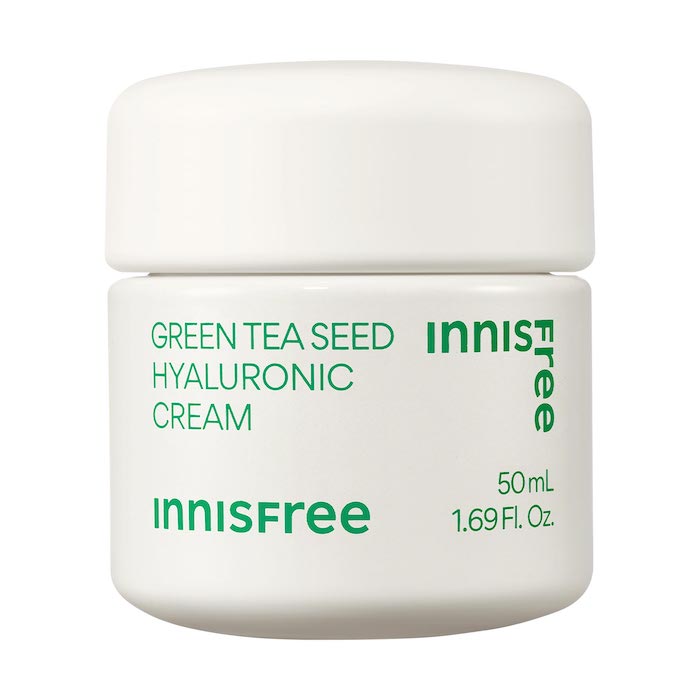
Another green tea–spiked formula I love, this soothing moisturizer never fails to calm irritation and reduce redness. What else could I possibly ask for?
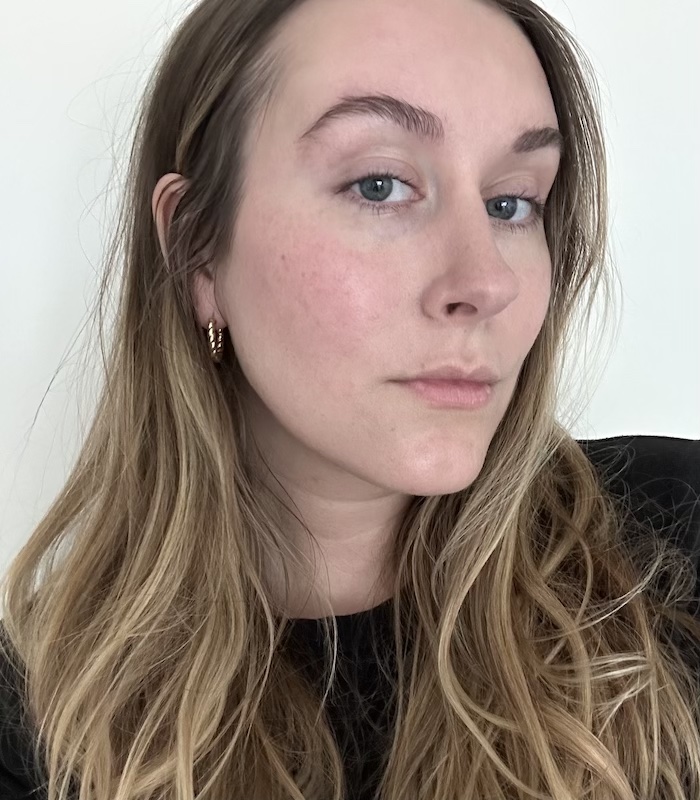
Beauty editor Kaitlyn McLintock wearing Innisfree Green Tea Seed Hyaluronic Acid Hydrating Cream
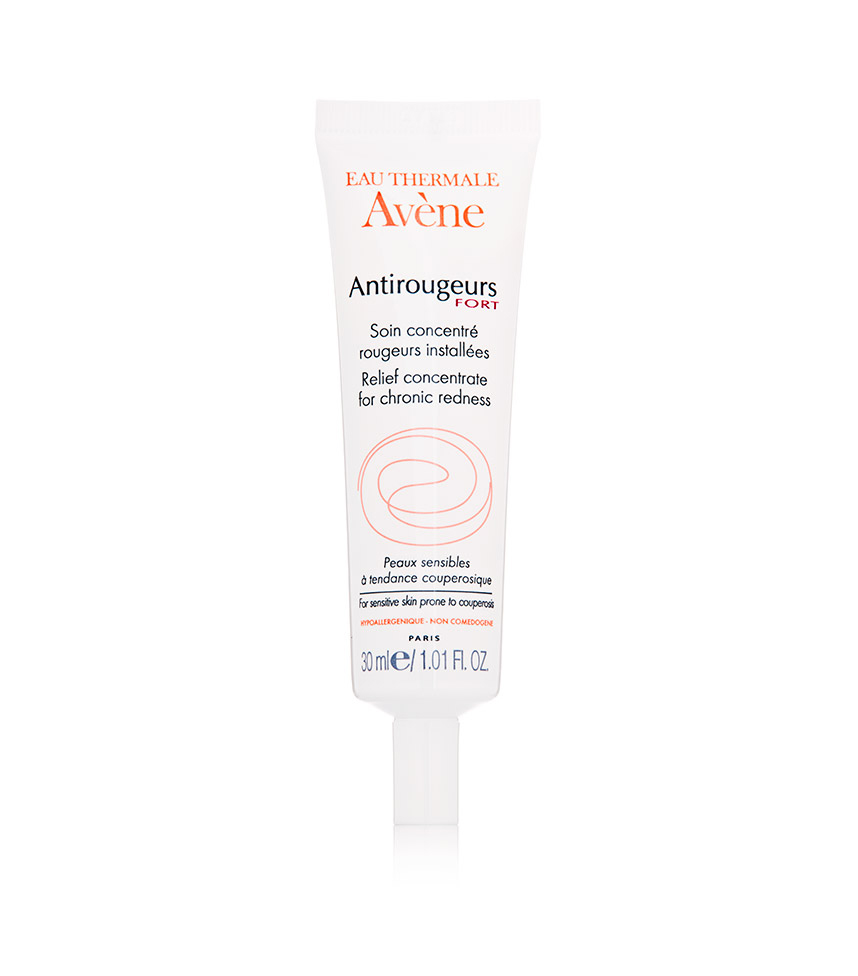
Simmons recommends this moisturizer from Avène, which she says is a dimethicone-based product that can calm redness and soothe the skin.
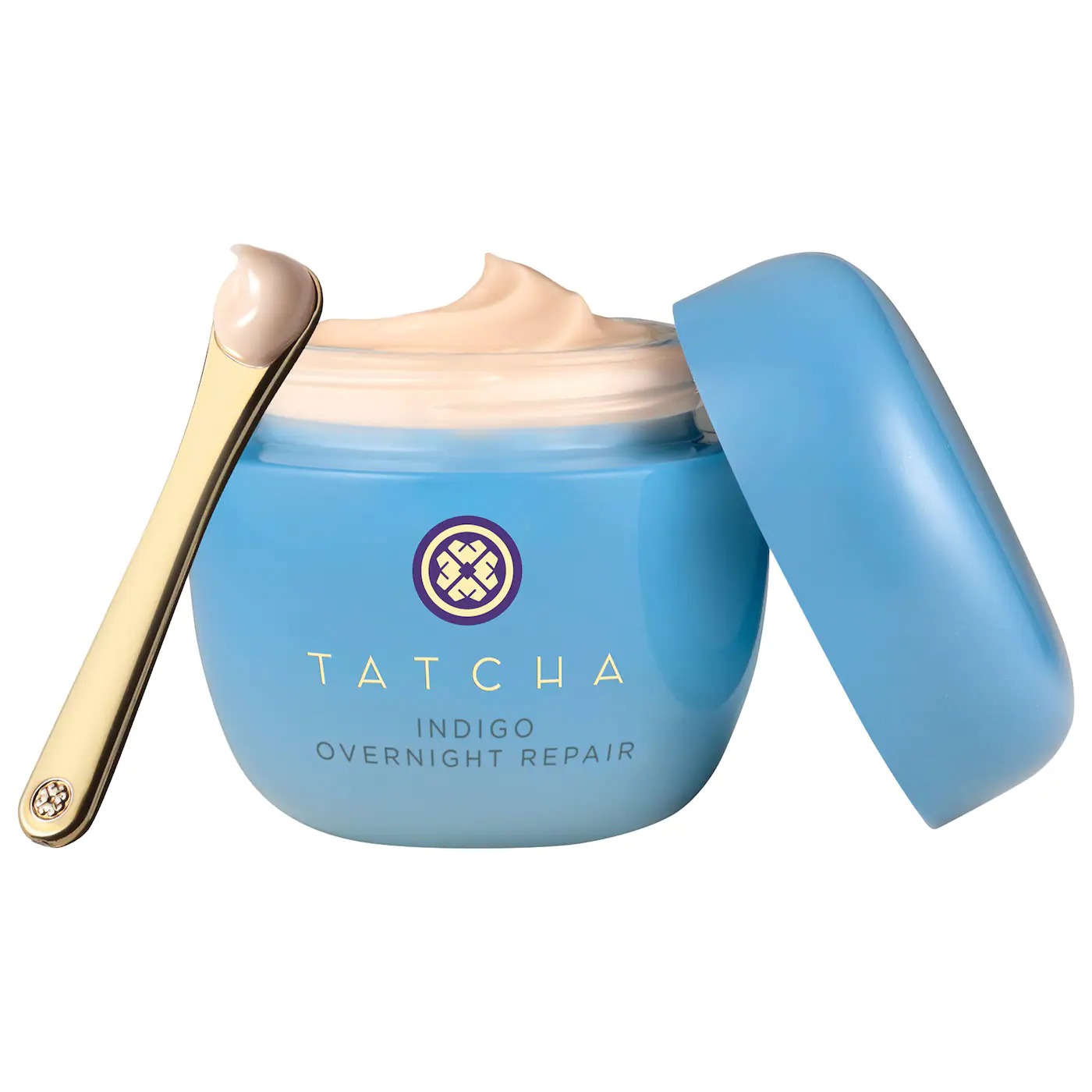
Tatcha's fragrance-free moisturizer is ultra soothing thanks to ingredients like Japanese indigo extract and colloidal oatmeal. Once applied, it goes to work, fixing everything from dryness to uneven texture and redness.
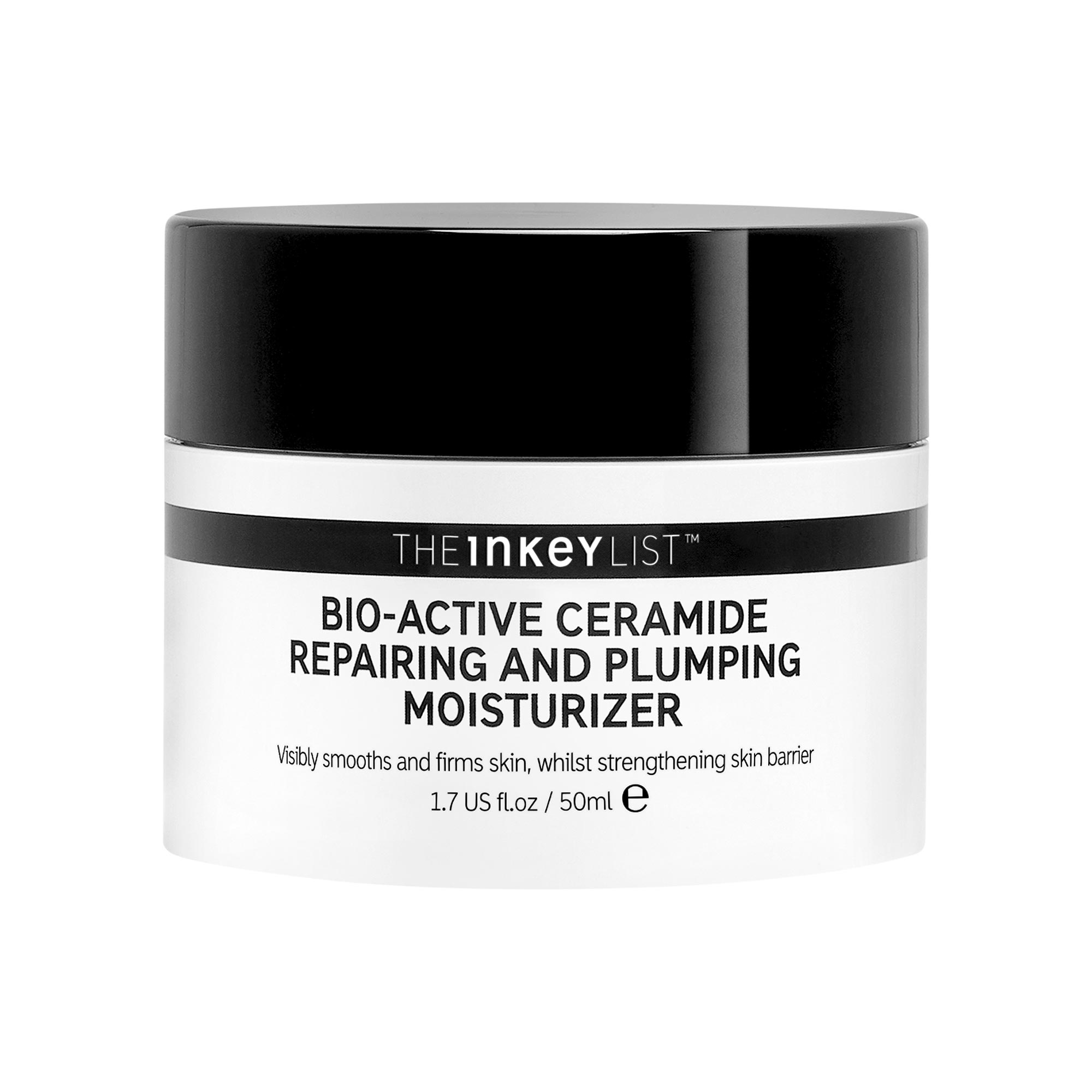
Remember how the experts said ceramides are pretty much the perfect skincare ingredient for people with rosacea? This moisturizer is chock-full of them to smooth, strengthen, and moisturize the skin.
This article was originally published at an earlier date and has been updated.

Kaitlyn McLintock is a Beauty Editor at Who What Wear. She has 10 years of experience in the editorial industry, having previously written for other industry-leading publications, like Byrdie, InStyle, The Zoe Report, Bustle, and others. She covers all things beauty and wellness-related, but she has a special passion for creating skincare content (whether that's writing about an innovative in-office treatment, researching the benefits of a certain ingredient, or testing the latest and greatest at-home skin device). Having lived in Los Angeles, California, and Austin, Texas, she has since relocated back to her home state, Michigan. When she's not writing, researching, or testing beauty products, she's working through an ever-growing book collection or swimming in the Great Lakes.
